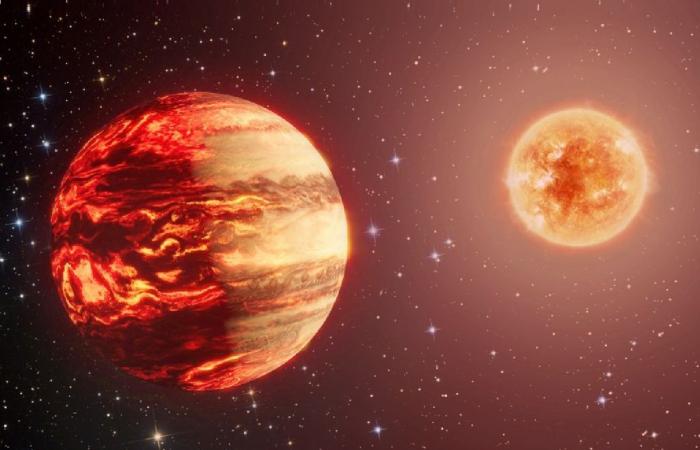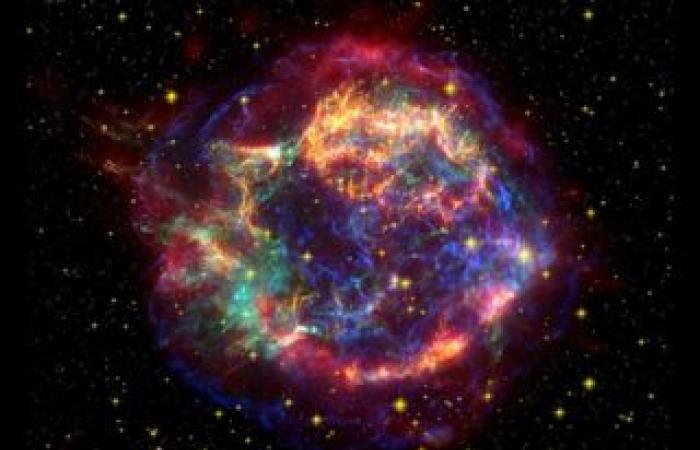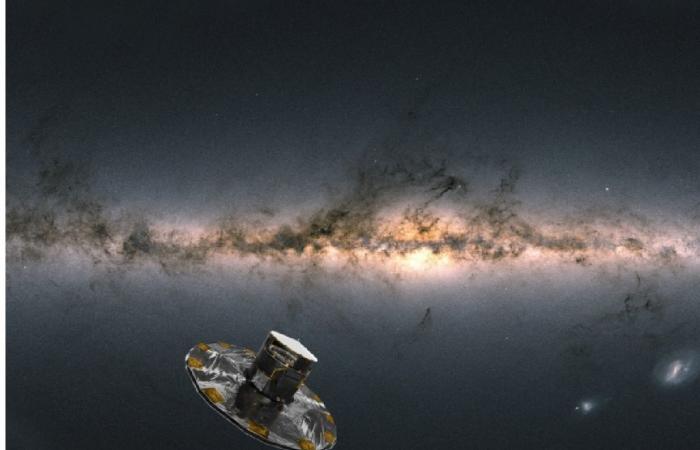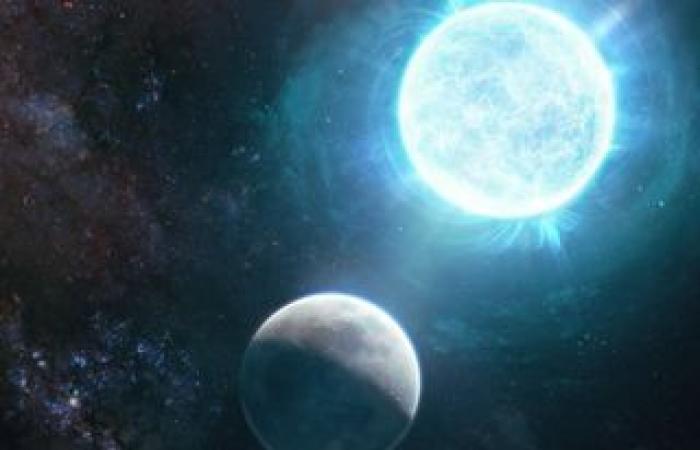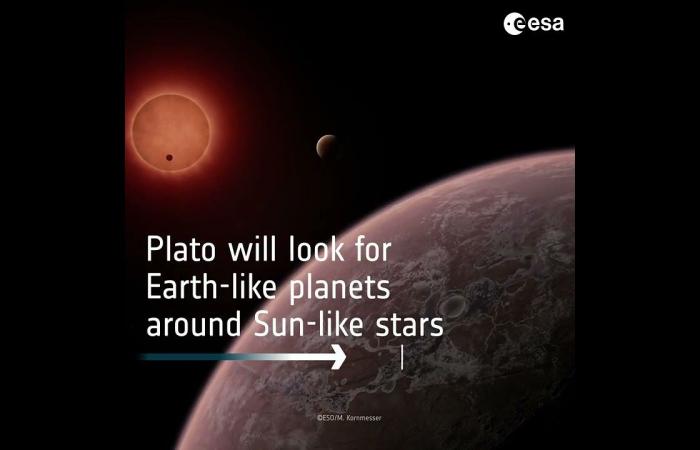Surely you have ever tried to take a photo of some dim luminous element, but when you were close to another brighter light source (for example, a lighthouse), your image was a total failure since you only managed to see a single bright glow. This is exactly what the same problem faced by astronomers chasing small, faint stars or planets next to a bright star.
To address the problem, an international team of astronomers led by Thomas Winterhalder, a scientist at the European Southern Observatory (ESO), began searching in the catalogue compiled by Gaia (ESA space telescope)), that collects hundreds of thousands of stars suspected of having a companion.
Although the companion objects are not bright enough to be seen directly by Gaia, their presence causes tiny wobbles in the trajectories of the brighter host stars that only Gaia can measure.
By combining data from ESA’s Gaia space telescope with ESO’s GRAVITY instrument on Earth, scientists were able to capture the first light signals from the dark companions of eight previously invisible bright stars, ESA reports.
Interferometry technique
In Gaia’s catalog of stellar orbits, the team identified eight stars to target GRAVITY, the advanced near-infrared interferometer from ESO’s Very Large Telescope, at Cerro Paranal, Chile. GRAVITY combines infrared light from different telescopes to capture fine details in faint objectsyesin a technique called interferometry.
This technique is promising, as it opens up the tantalizing possibility of capturing images of planets orbiting close to their host stars.
“We have shown that it is possible to capture an image of a faint companion, even when it orbits very close to its bright host,” explains Thomas. “This achievement highlights the remarkable synergy between Gaia and GRAVITY. Only Gaia can identify systems as small as that host a star and a ‘hidden’ companion. Afterwards, GRAVITY can take control to image the smallest, faintest object with unprecedented precision.
Companions of the stars that remained hidden
Thanks to GRAVITY’s exceptionally keen and sensitive eye, the team picked up the light signal from all eight companions, seven of which were previously unknown. Three of the companions are very small and faint stars, while the other five are brown dwarfs. Is about celestial objects located between the planets and the stars: more massive than the heaviest planets, but lighter and weaker than the lightest stars.

One of the brown dwarfs detected in this study orbits its host star at the same distance as the Earth from the Sun. This This is the first time that a brown dwarf has been directly captured so close to its host star.
Small companions inferred from Gaia observations are often found in small separation angles of a few dozen milliseconds of arcapproximately the size of a one euro coin seen from a distance of 100 kilometers.
“In our observations, the Gaia data acts as a kind of signal,” continues Thomas. “The part of the sky we can see with GRAVITY is very small, so we need to know where to look. The incomparable and Gaia’s precise measurements of the motions and positions of stars are essential to point our GRAVITY instrument in the right direction in the sky.”
Gaia and GRAVITY make a great team together
The complementarity of Gaia and GRAVITY goes beyond using Gaia data to plan follow-up observations and enable detections. Combining the two sets of data, Scientists were able to “weigh” individual celestial objects separately and differentiate the mass of the host star and that of its respective companion.
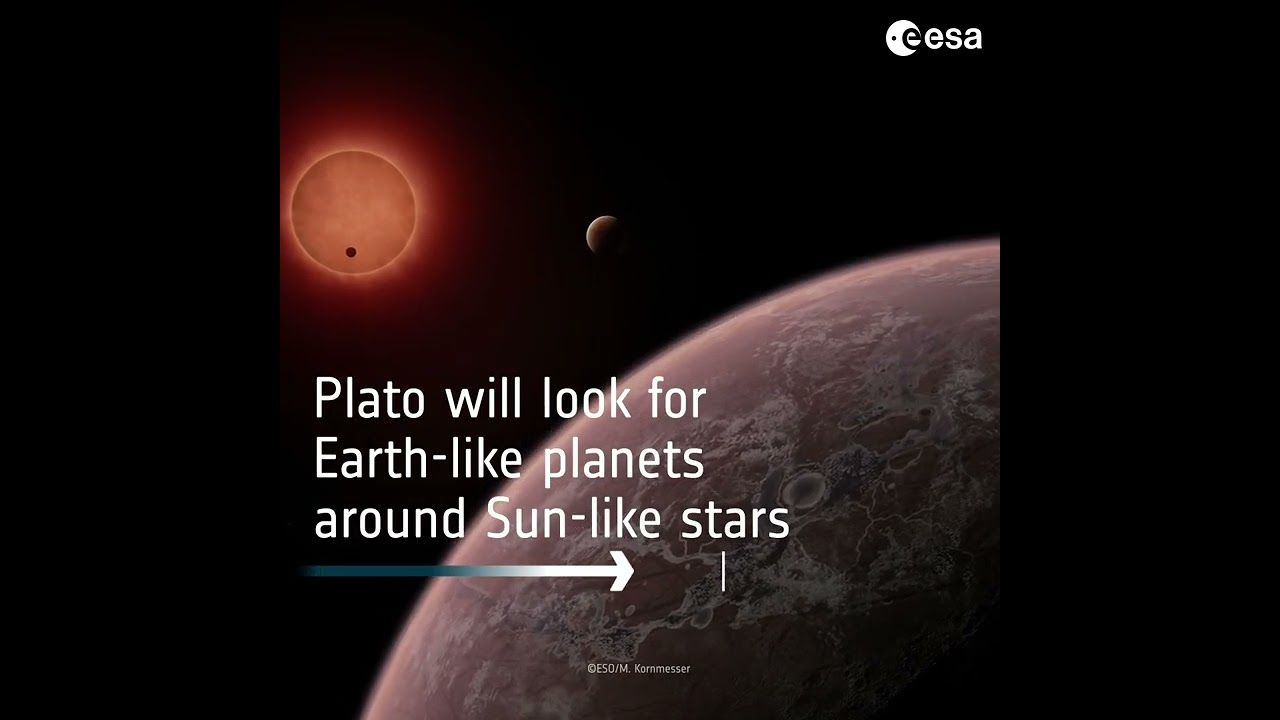
GRAVITY also measured the contrast between the companion and host star at a variety of wavelengths in the infrared. Combined with mass estimates, this knowledge allowed the team to evaluate the age of the teammatesSurprisingly, two of the brown dwarfs turned out to be less luminous than would be expected given their size and age. One possible explanation for this could be that the dwarfs themselves have an even smaller companion.
On the hunt for exoplanets
In a previous study, Astronomers used data from Gaia and a different ground-based observatory to capture the image of a giant gas exoplanetThis planet orbits its host star at about 17 times the distance from Earth to the Sun, tracing an angle in the sky considerably wider than the typical separation of the companions imaged by GRAVITY in this new result.
But with this latest find, having demonstrated the power of the Gaia-GRAVITY array, scientists now hope to track down possible companion planets to the stars listed in the Gaia catalogue.
“The ability to detect the small movements of nearby pairs in the sky is unique to the Gaia mission. The next catalogue, which will be available as part of the fourth data release (DR4), will contain an even richer collection of stars with potentially smaller companions,” says Johannes Sahlmann, ESA Gaia Scientist. “This result opens new paths in the search for planets in our galaxy and promises to give us a glimpse of new distant worlds.”
News reference:
Combining Gaia and GRAVITY: Characterizing five new directly detected substellar companions’ is published in Astronomy & Astrophysics . DOI: 10.1051/0004-6361/202450018.

